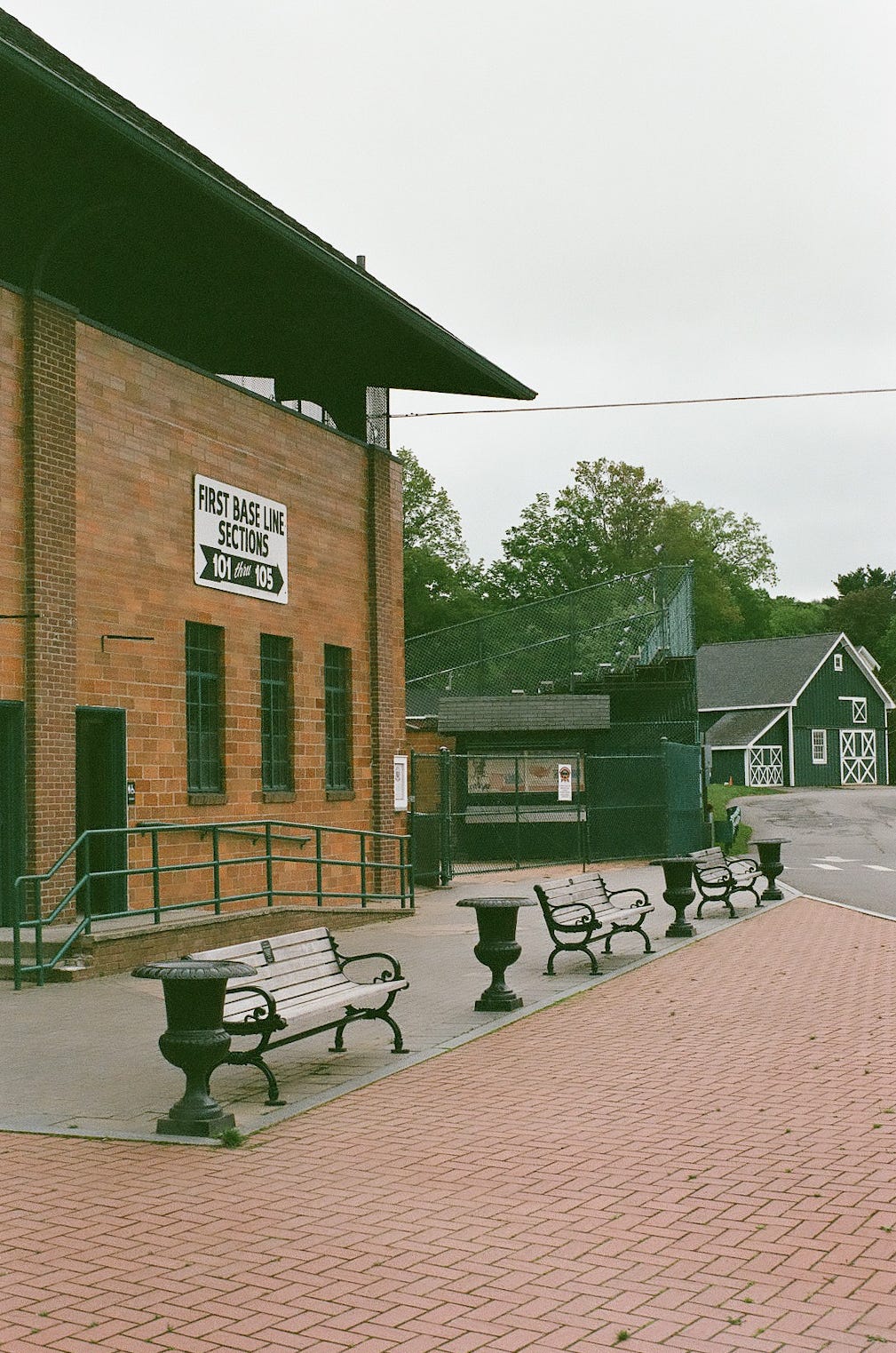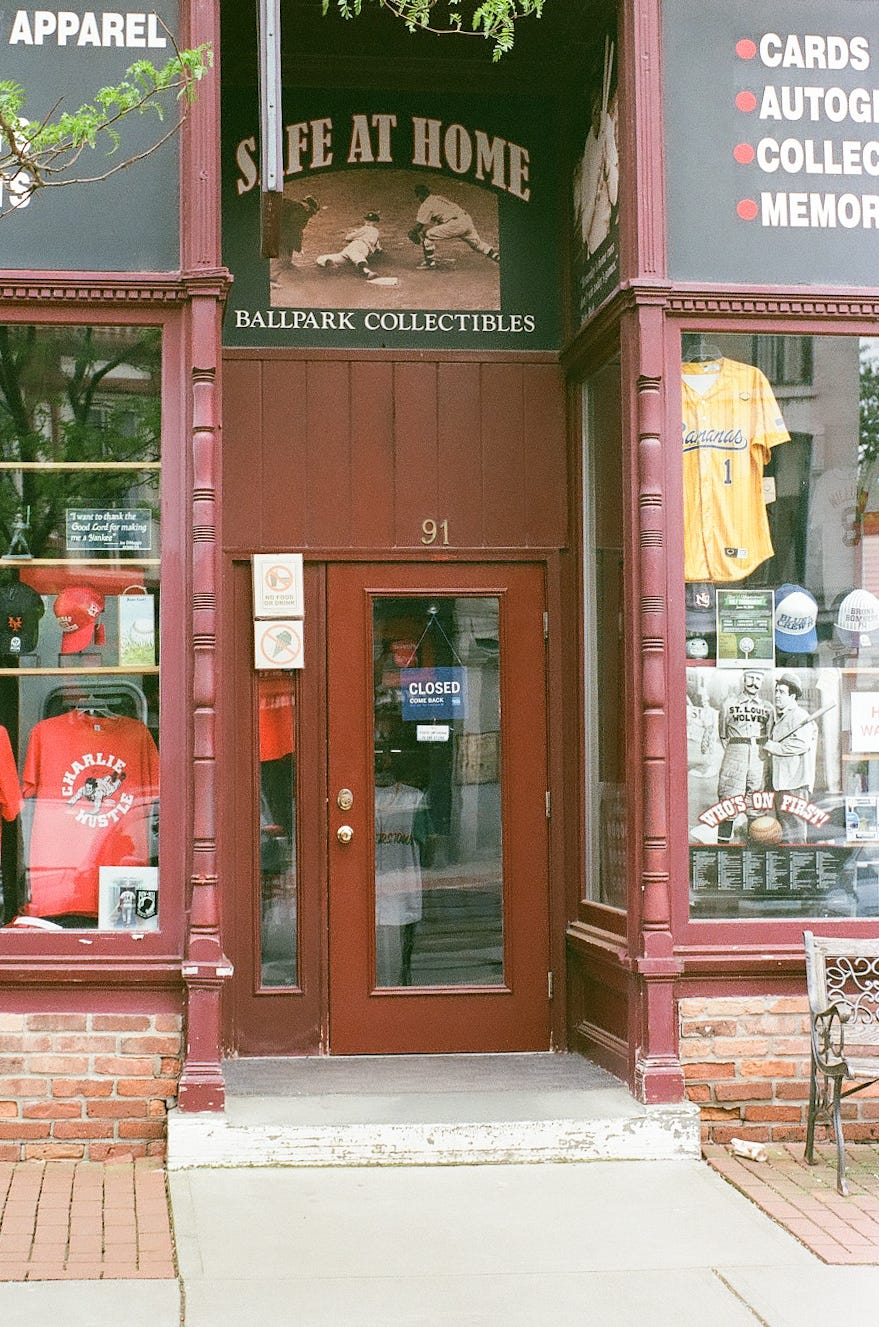Back to Analog: Starting Over with Film
Rediscovering the quirks, limitations, and quiet joys of shooting analog
I had 4 rolls of Fujifilm Superia X-tra color film given to me that expired in 2017. With film becoming more and more popular, I finally dug my Minolta gear out of the closet it had been stored away in for over 20 years. Much of my film gear was sold on eBay after I went all in with digital, but I kept a couple of cameras and lenses that I was a bit sentimental about. That’s enough to see if this film is any good. So I loaded a roll into the camera.
Most of the first two rolls were shot up on car rides here and there as I am recovering from knee surgery. The images aren’t anything great, but I would like to pass on what I have (re)learned from this experience.
Shutter Speed
My current digital camera has a maximum shutter speed of 1/8000s. Do I use that, no. Hardly ever. But on a bright day, I never have to worry about having a fast enough shutter speed if I want to shoot at f1.4.
The Minolta X-700 tops out at 1/1000s. Trying to shoot at f5.6 outdoors in the bright sun? May need to make some adjustments. I ran into this with a roll of 400 speed black and white I’m currently shooting, which I am pushing one stop as an experiment. I had to go to f8 and f11. It was ok for what I was shooting but it took away some of my options.
And that brings me to…
ISO
I’m used to shooting at whatever ISO makes sense right now, based on the light, and the exposure settings I want. I’ve been reluctant to use auto ISO as much as some photographers do. Partly because I learned with film, and partly because of the older digital cameras that gave you terrible image quality if you went too high with the ISO setting.
With a film camera, you load a roll that has a certain ISO rating, which is a physical property of the film. You aren’t locked into it, people push and pull film shooting it above or below the rated ISO. But whatever you do, the whole roll will have to be developed at the same setting.
EXIF
I have become very reliant on the EXIF info embedded in my images. When something doesn’t look right, I can see every detail about what I did and where I need to make changes. With the film camera, I rely on my memory, or a notebook if I need something more reliable.
No Screen
And the most obvious… there is no screen. No preview of your exposure. No histogram. No chimping after the shot to see if you nailed it. You will not see what you have until it’s processed.
Takeaways
The main thing I’m taking away from this experience is that I’ve grown soft. Today’s cameras have so many options that let you concentrate on image composition and creativity. Modern cameras just get out of the way and let you be creative.
The debates about what camera has the best autofocus are definitely a new concept.
Will I keep shooting film or put the camera away for another 20 years? I’ll keep shooting film. It won’t be my primary camera like some die-hard film shooters today. But I’ll keep shooting it. There is something intangible about the analog images. The pixels seem more static somehow. And the look… I am not sure how to explain it, but it just looks different to me.
And that audible mechanical click, from not only the shutter but the mirror. The act of winding the film. Manually focusing the camera - yeah there are newer autofocus film cameras but I only kept the one from 1981. And shooting 24-36 exposures and then having to reload. The process slows you down. It makes you consider each shot carefully. It adds value to each frame.
Note
The images in this article were from one of those expired rolls of film. I have not altered the color or contrast beyond whatever the lab did when they were scanned. I did slightly crop/straighten the one of the door, but that would have been done 25 years ago if I had it printed.
Let me know in the comments if you are trying, or retrying, film photography and what you think about the experience.
✅ Where to Find Me
You can find more of my work on the web at: Simmons Photography
If you want to work with me, or inquire about licensing images: Contact Page
More of my work can be seen on Vero and Flickr.
🎒 The Gear Bag - Gear and Inspiration
Some links in this section are affiliate links. If you make a purchase through them, I may earn a small commission at no extra cost to you. I only share gear and resources I personally use or believe in.
As an Amazon Associate, I earn from qualifying purchases.
The images in this article were processed and scanned by MPix. I have no sponsorship or affiliate agreement with them, but I have been using them for printing quite a bit over the years.
MPix only develops color images. I am also trying other labs. Watch this space for more info.
A useful book I just picked up is called One Photo A Day Keeps The Dr Away. Inspiring photo prompts and exercises for fun or developing your creativity.





